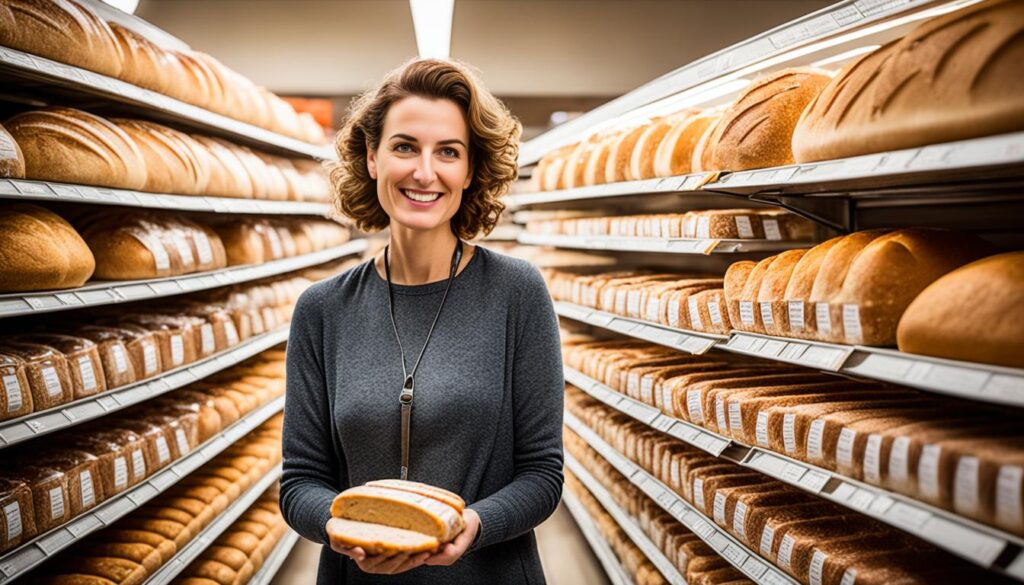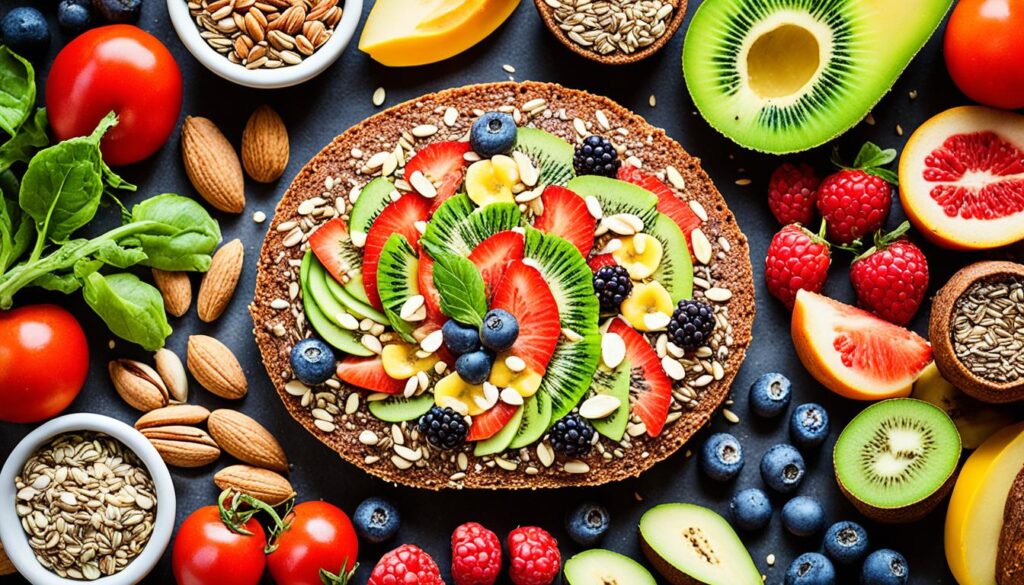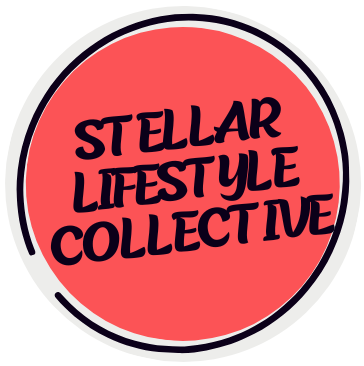Did you know the average American eats about 53 pounds of bread each year? That’s a lot, considering how it affects our health. Not all bread is the same, and picking the right kind can change everything. We’re going to look into the best bread choices for your health.
There are many types of bread, each with its own health benefits. We’ll cover everything from whole grains to sourdough, which is good for your gut. We aim to show you the diverse bread options that are good for your health.
If you’re on a diet like keto or paleo or just want healthier bread, this guide is for you. We’ll give you the info to choose the best bread for your needs. Get ready to find tasty and healthy bread options that are good for your body and taste great.
The Importance of Choosing Healthy Bread
Choosing the right bread is key to a healthy diet. Bread is a big part of many diets, but not all types are good for you. Knowing the health benefits of different breads helps you make better choices.
So, why pick healthy bread? The kind of bread you eat affects your health. Choosing nutrient-rich bread gives you important vitamins, minerals, and fiber. These help keep your diet balanced.
When picking healthy bread, look for whole grains. Whole-grain bread has bran, germ, and endosperm, giving you lots of fiber, protein, and nutrients.
Also, choose bread high in fiber for health perks. Fiber helps with digestion, keeps weight healthy, and lowers disease risks like heart disease and type 2 diabetes. Fiber-rich bread supports your digestive and overall health.
For people with gluten sensitivities or celiac disease, gluten-free bread is a good choice. Made from grains like rice, quinoa, or almond flour, it’s a safe and healthy option.
By picking healthy bread, you boost your meal’s nutrition and support your health. Next time you’re shopping, read labels, look for whole-grain and high-fiber options, and choose what fits your diet goals.
What is the Healthiest Bread to Eat
Let’s dive into what makes the healthiest bread choice. With so many options, picking the right one can be tough. But, knowing what to look for can help you make better choices for your health.
Whole Grain vs. Whole Wheat: Understanding the Difference
When shopping for bread, you’ll often see whole grain and whole wheat. These terms sound similar but mean different things. Whole grains keep the entire kernel, giving you lots of nutrients and fiber. Whole wheat, on the other hand, keeps the bran and germ but not the whole grain. So, whole grain bread is better for your health.
The Role of Fiber in Bread and Your Health
Fiber is key to bread’s health benefits. It helps with digestion, keeps weight in check, and lowers disease risk. Whole-grain bread is packed with fiber, making it a great diet addition. Choosing fiber-rich bread boosts your health and well-being.
Gluten-Free Options for Sensitive Diets
For those with gluten issues, finding the right bread is hard. Luckily, there are many gluten-free options. Made from grains like rice, quinoa, and tapioca, these breads are tasty and healthy for gluten-free diets. It’s important to try these options to make sure everyone can enjoy healthy bread.
Navigating the Bread Aisle: Labeling and What to Look For
The bread aisle can be overwhelming with so many choices. But knowing how to read labels can help you pick the healthiest bread for you. Let’s look at some tips to make it easier.
1. Organic bread benefits: Choosing organic bread is a good idea. It’s made from grains grown without synthetic fertilizers, pesticides, or GMOs. This means you avoid harmful chemicals and support farming that’s good for the planet.

2. Label decoding: Bread labels tell you a lot about what’s in the bread. They help you make smart choices. Here are the main things to look for:
- Nutrition facts: Make sure the serving size, calories, and nutrients match your diet.
- Ingredient list: Check for whole grains, few additives, and ingredients you recognize.
- Claims and certifications: Labels like “whole grain” or “certified organic” mean the bread has certain qualities.
3. Avoiding common pitfalls: Be careful not to fall for misleading labels. Some breads look healthy but aren’t. Always check the label carefully.
With these tips, you can easily pick the healthiest bread in the aisle. Always go for whole grains, check the ingredients, and think about organic options for the best nutrition.
Top Choices for Nutrient-Dense Bread
We will look at the best choices for nutrient-dense bread. These options are tasty and good for you. They come in many flavors and are packed with nutrients.
Sprouted Grain Bread: A Wholesome Option
Sprouted grain bread is popular for its great taste and nutrition. It’s made from whole grains that sprout before being turned into bread. This process boosts the bread’s nutrients like B vitamins, fiber, and amino acids.
It also makes the bread easier to digest. Adding sprouted grain bread to your meals can give you energy and support your health.
Sourdough: The Fermented Favorite
Sourdough bread is known for its unique taste and history. The dough ferments, which makes the bread easier to digest. This process also creates lactic acid, giving it a tangy flavor.
Many people with gluten sensitivities prefer sourdough. The fermentation breaks down gluten proteins. Enjoy sourdough for its taste and possible health benefits.
Rye Bread: An Overlooked Gem
Rye bread is made from rye flour and has a special taste. It’s often not chosen as much as other breeds. But it’s full of fiber, vitamins, minerals, and antioxidants.
It’s also good for blood sugar control because of its low glycemic index. Rye bread has lignans, which may help prevent heart disease and some cancers. Try rye bread for its great taste and health perks.

Explore these nutrient-rich bread options for a tasty and healthy diet. Adding sprouted grain, sourdough, and rye bread can bring variety and nutrients to your meals. Choose these healthy bread options for a delicious and nutritious diet.
Comparing Popular Bread Diets: Keto, Paleo, and Gluten-Free
We will look at three popular bread diets: keto, Paleo, and gluten-free. Each diet has its own rules to help people reach their health goals. Let’s see what makes each diet special and the bread choices they offer.
Keto Diet:
The keto diet is all about eating low-carb, high-fat foods. This puts the body into a state called ketosis, where it burns fat for energy instead of carbs. People on the keto diet like low carb bread to keep carbs low and stay in ketosis. These breads use almond flour or coconut flour, which are full of healthy fats but low in carbs.
Paleo Diet:
The Paleo diet tries to eat like our ancestors from the Paleolithic era. It focuses on whole, unprocessed foods and avoids grains, legumes, and dairy. Paleo followers look for bread made from nuts, seeds, and fruits instead of grains. This way, they can enjoy bread that’s gluten-free and healthy.
Gluten-Free Diet:
Some people need a gluten-free diet because of celiac disease or gluten sensitivity. Gluten-free bread doesn’t have the protein gluten found in wheat, barley, and rye. These breads use rice, corn, or quinoa and gluten-free flour like almond or tapioca. This lets people enjoy tasty bread without health issues.
When picking bread, always check the labels. Make sure it fits your diet and tastes. Whether you’re on a keto, Paleo, or gluten-free diet, there are many healthy and tasty bread choices out there.
Baked In: Understanding the Health Benefits of Homemade Bread
Controlling Ingredients for Optimal Nutrition
Making your own bread is great for your health because you can pick the best ingredients. You can skip the artificial stuff and too much salt or sugar found in store bread. This lets you make bread that fits your diet and tastes.
Using whole grains in your bread means it’s full of fiber, vitamins, and minerals. These nutrients give you energy, help your digestion, and might lower the risk of heart disease and diabetes.
Homemade bread is also good for people with special diets or allergies. You can pick gluten-free flour or avoid allergens. This way, you can make bread that’s just right for you.
The Health Advantages of Sourdough Starters
Trying out sourdough starters is a big plus when making your own bread. Sourdough uses natural yeasts and bacteria to ferment. This not only tastes great but also has health perks.
Sourdough is easier on your stomach because the fermentation process breaks down gluten and starches. It’s also lower on the glycemic index, so it doesn’t spike your blood sugar like other breads do.
How Seeding Your Bread Can Boost Its Benefits
Adding grains and seeds to your homemade bread can make it even healthier. Seeds like flaxseeds, chia seeds, sunflower seeds, or pumpkin seeds are full of nutrients.
These seeds have healthy fats, protein, vitamins, minerals, and fiber. They help with digestion, heart health, and overall well-being. Plus, they make your bread taste and feel better.
Trying different seeds and grains lets you make bread that tastes good to you and is good for you. It’s a win-win.
Learning about homemade bread’s health perks and controlling the ingredients means you can enjoy bread that’s tasty, nutritious, and just right for you. So, why not start making your own bread and see the benefits for yourself?
Choosing the right bread is key to a healthy diet. It helps you get the nutrients you need and boosts your health. By knowing about different bread types and their benefits, you can pick the best for your health.
Whole grain and whole wheat bread are great choices. They are full of fiber and important nutrients. These breads give you energy and help with digestion.
For people who can’t have gluten, there are gluten-free options. This means everyone can find healthy bread to eat.
Sprouted grain bread is packed with vitamins, minerals, and antioxidants. Sourdough bread is made in a special way that helps with digestion and makes nutrients easier to absorb. Rye bread is tasty and full of fiber and minerals.
Homemade bread has big benefits. You can choose what goes into it for the best nutrition. Adding nuts, seeds, or grains to your bread makes it more nutritious and tasty.
By picking wisely, you can find the healthiest bread for your diet. Enjoy eating bread that’s good for you and tastes great.
FAQs
What is the healthiest bread to eat?
The best bread for you depends on your diet and what you like. Whole grain, sprouted grain, and sourdough bread are great choices.
Why is choosing healthy bread important?
Healthy bread is key for your health. It gives you important nutrients, helps your gut, and keeps your diet balanced.
What is the difference between whole grain and whole wheat bread?
Whole grain bread uses the whole grain, including bran, germ, and endosperm. This makes it richer in fiber and nutrients. Whole wheat bread, however, has the germ and bran removed, so it’s not as nutritious.
How does fiber in bread contribute to my health?
Fiber in bread is great for your gut and helps you stay regular. It also lowers the risk of heart disease, diabetes, and some cancers. Plus, it keeps you feeling full, which helps with weight control.
Are there gluten-free bread options available?
Yes, there are many gluten-free bread options for people with gluten issues or celiac disease. These are made from gluten-free grains like rice, quinoa, almond flour, or tapioca starch.
How do I navigate the bread aisle to choose the healthiest bread?
When looking at bread, read the labels for whole grains, no artificial stuff, and organic. Choose bread with more fiber and less sugar for a healthier option.
What are some nutrient-dense bread options?
Look for sprouted grain bread for more nutrients and better digestion. Sourdough bread, with its fermented dough, is good for your gut. Rye bread is packed with minerals and vitamins.
What are some low-carb bread options?
For low-carb diets, try almond flour bread, coconut flour bread, or flaxseed bread. These have fewer carbs but more healthy fats and fibers.
How does homemade bread offer health benefits?
Making your own bread lets you control the ingredients for better nutrition. You can add seeds or whole grains for extra health benefits. Sourdough bread, with its starter, can be even more nutritious and easier to digest.
What should I consider when choosing bread for a healthy diet?
When picking bread for a healthy diet, look for whole grains, high fiber, and a few additives. Choosing organic is also good since it avoids synthetic pesticides and GMOs.
